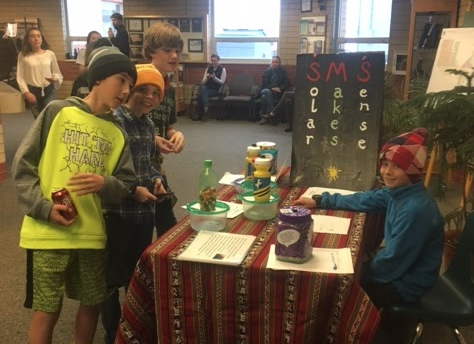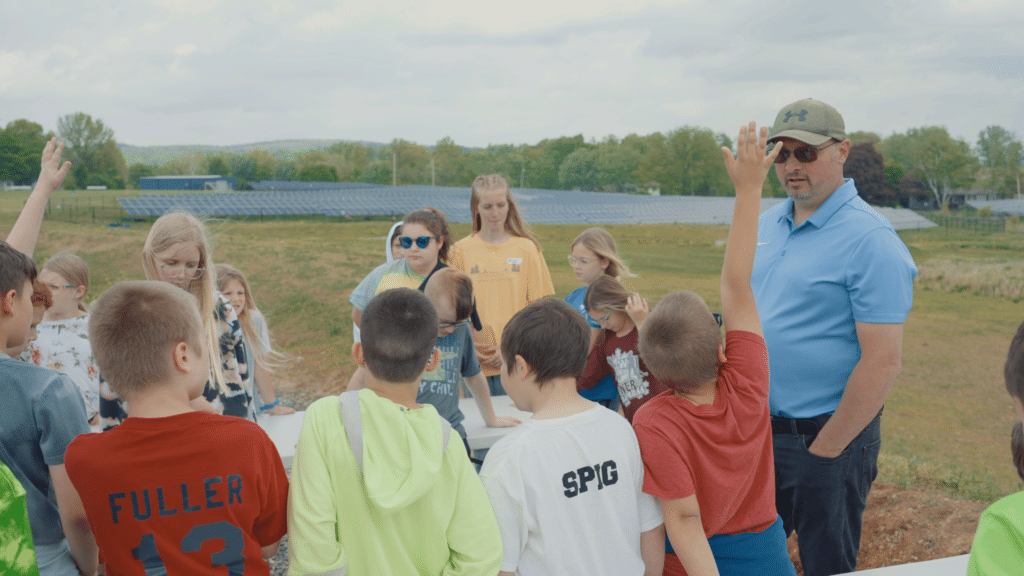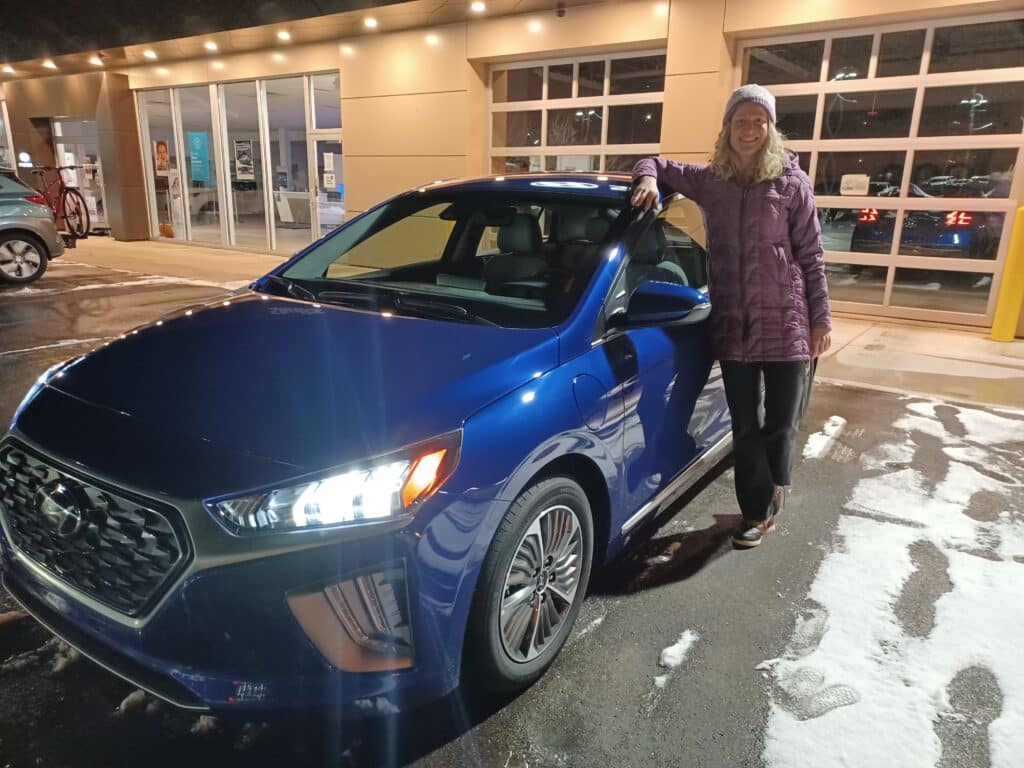Part 1 of a series of 3 case studies on successful solar school campaigns.
See part 2 here and part 3 here.
Montana seventh grader Claire Vlases propelled her independent study project into a transformation of her school to solar power.
During the two-year campaign, she collaborated with her principal and fellow students and convinced the school board to approve and help finance the project. Together, they raised enough money to fund solar installations on her school as well as on two local elementary schools.
Thanks to Claire, Sacajawea Middle School in Bozeman, Montana, now has a solar energy system that generates a quarter of the school’s electricity and saves about $8,000 every year.
The impact of the new solar installation extends well beyond today. “Schools last a long time, and so do solar panels,” said Claire. “And every student, parent, even grandparent that steps into the school has been impacted by the solar panel work by the students before them. Hopefully they will see this and be inspired to create change in their own community.”
From independent study to the school board
Claire started exploring solar energy for her independent study class as a way to improve her school, her community, and the environment. “I spend most of my time in school, and the rest of it outdoors, and it was important for me to connect the two,” she said.
She looked into solar panels as her school was undergoing a large-scale renovation and became convinced that a solar system should be part of the process. She pitched the idea to her school’s principal, Gordon Grissom, who agreed to consider the proposal but was also honest about potential challenges, such as regulations, stakeholder approval, and funding. Claire soon learned that the biggest challenge was the lack of dedicated funding for a solar installation, and that the district had not planned to install a system in the near future.
The school now powers a quarter of its electricity needs from the sun and saves roughly $8,000 every year.
She wasn’t deterred. She brought the idea to the weekly meeting of the school board. While she was nervous about her first time pitching to a large audience, she was well prepared with facts and figures demonstrating the benefits of solar.
Just before Claire spoke, the architects gave an update on the school renovation, which they said would bring the school into the 21st century. Claire then noted in her presentation that a real 21st-century school should be powered by clean energy. School board trustee Douglas Fischer said her idea was met with interest and support, and after a feasibility study was conducted at the school, the district pledged to cover a fifth of the estimated price tag.

“Solar Makes Sense at SMS”
Claire was determined to raise the remaining funds. She dubbed her campaign “Solar Makes Sense at SMS” and created a website to share information and attract funds. “Solar benefits everyone, so I tried to make the campaign something everyone could participate in,” she explained.
At school, Claire and other students raised $11,000 toward the solar panels, including by organizing a talent show and a “Pennies for Power” homeroom competition. She also wrote grants and met with potential donors. Her sixth-grade sister raised $3,000 by applying for a grant from the Bozeman Area Community Foundation’s Youth Giving project. In total, after receiving an $80,000 grant from the Kendeda Fund, the campaign raised $125,000 for the solar project.
Lasting Impact
Thanks to Claire’s determination and leadership, the largest solar energy system allowed in the state of Montana was installed at Sacajawea Middle School in the summer of 2018. The school now powers a quarter of its electricity needs from the sun and saves roughly $8,000 every year.
Solar energy “will help schools control costs from rising fuel expenses and make cleaner air and a healthier environment for kids,” said Douglas Fischer. “It will also provide great lessons for kids about engineering and energy.”
“Education was a part of our intention all along,” Principal Grissom told the Bozeman Daily Chronicle. The school intends to include lessons and programs about alternative energy sources in its science classes, and will display a live feed in the entryway that logs the power generated and the money saved by the solar panels.
My favorite part about this project was that one person like me could start something small and then the project could grow and have a big impact on the community.
During the two-year campaign, the cost for the 50-kilowatt solar energy system dropped to nearly half of the initial 2016 estimate. Two more Bozeman schools are now following suit, using leftover funds from Claire’s campaign to cover a large chunk of the cost of installing solar. As a result of the student-led solar campaign, the conversation about energy and sustainability in Bozeman Public Schools has completely shifted, and the potential for solar and other renewables is now heavily considered in the design and renovation of school facilities.
Claire credits her success to teamwork and to being open to learning new approaches. “It’s a lot easier for a community to work [together] to make a positive change, rather than just an individual alone,” she said. “There are always going to be barriers and hard parts. When there’s a challenge presented to you, use it as a learning moment and an opportunity to overcome it.”
Claire’s advice to others pursuing solar on their schools? “Never give up. Even if it seems like a lot of hard work, it will pay off.”
Ready to learn more about how to run a successful solar schools campaign in your community? Check out our Solar Schools Campaign Toolkit.















